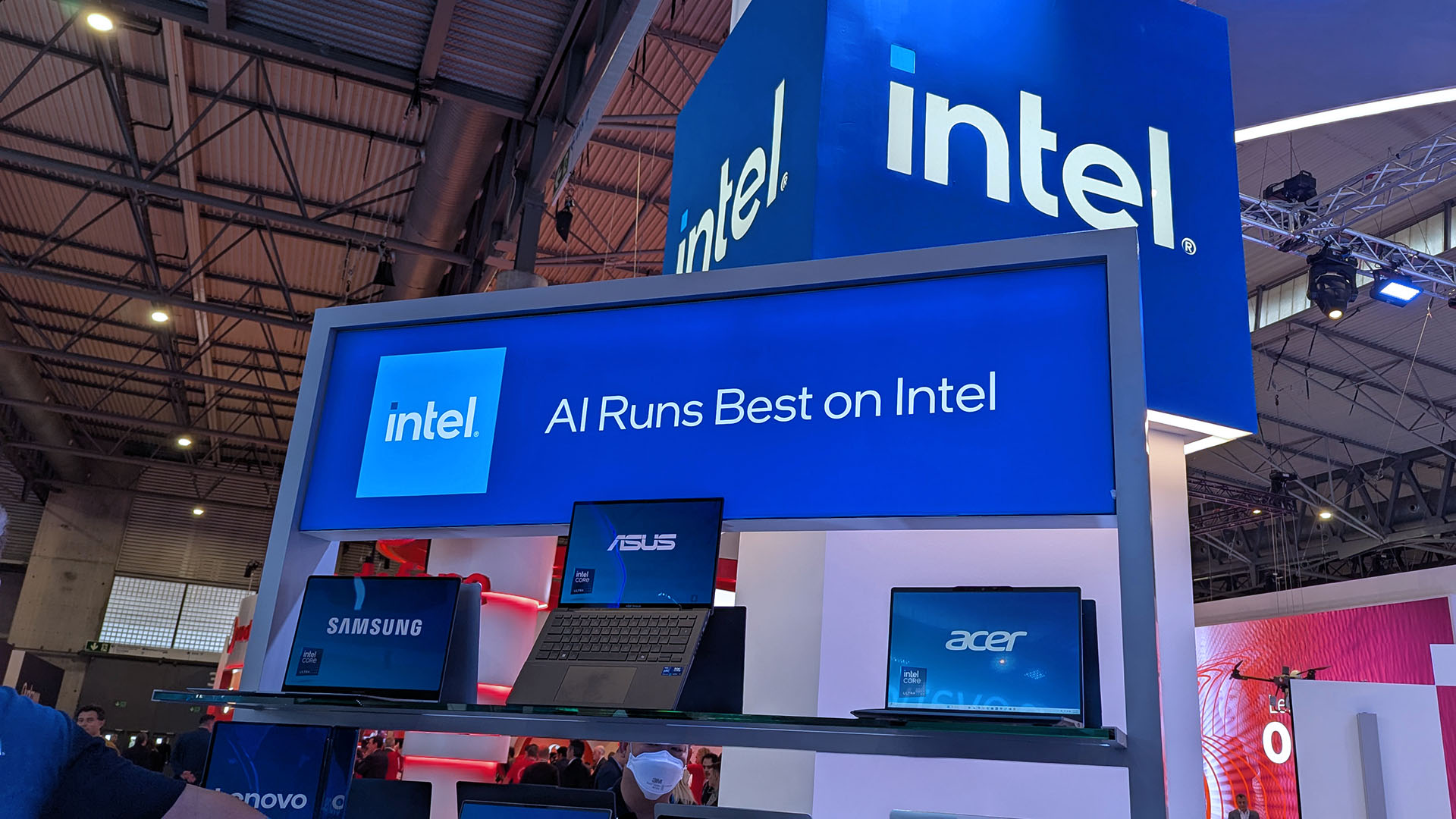Why the BlackBerry KEY2 is my favorite phone since the Lumia 1520
Since the untimely death of Windows on phones, I haven't really found a phone that "can do it all" while retaining the aspects of Windows Phone I found hard to give up. The KEY2 comes the closest.
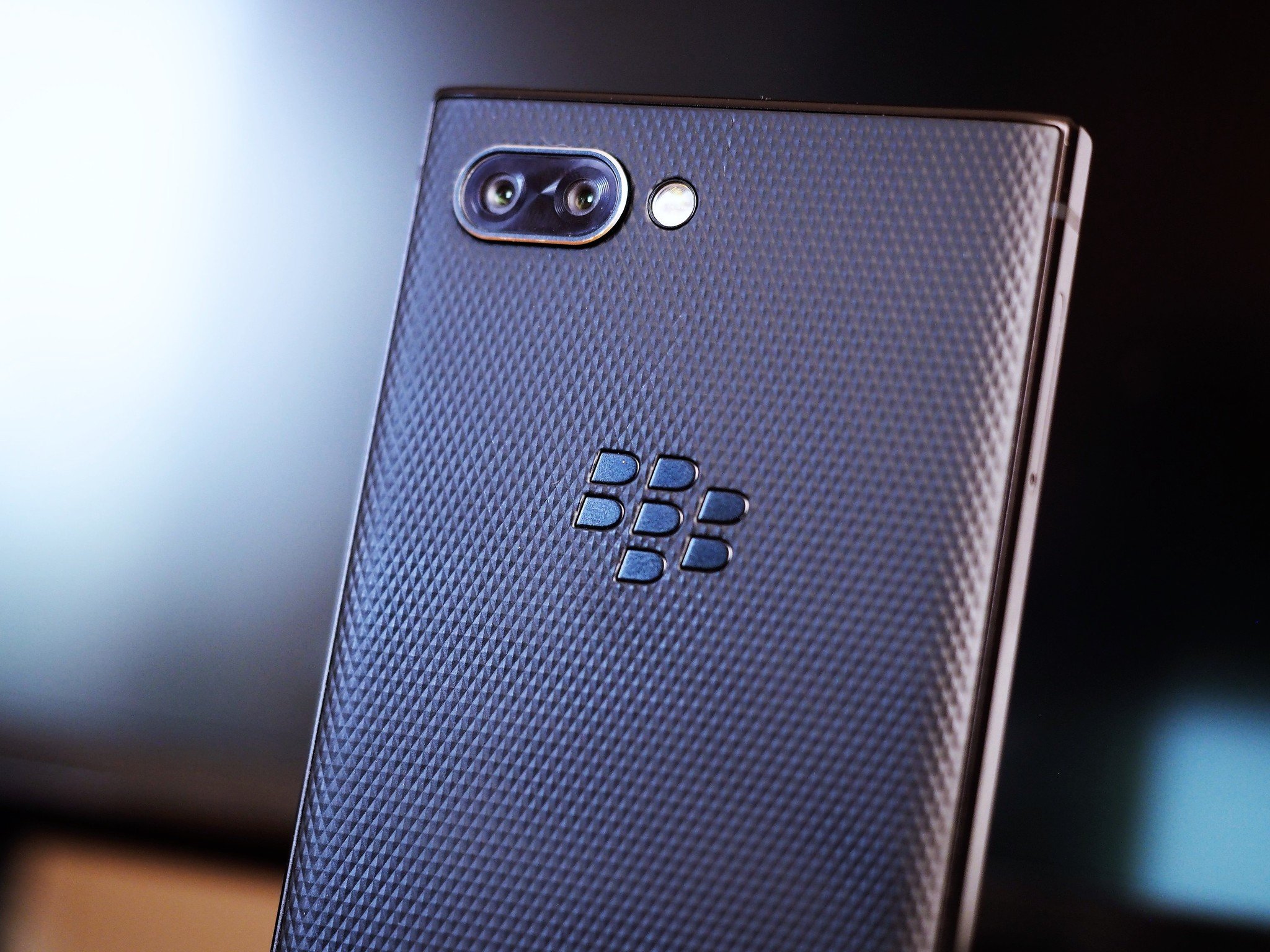
The Lumia 1520 is my all-time favorite phone. With the polish of Windows Phone 8.1, the stunning camera sensor, insane battery life, that huge, gorgeous display, that eye-popping polycarbonate body, ooh baby. No phone has really come close to delivering that sort of experience for me since. But man, the new Android-based BlackBerry KEY2 comes damn close.
What? Are you serious?
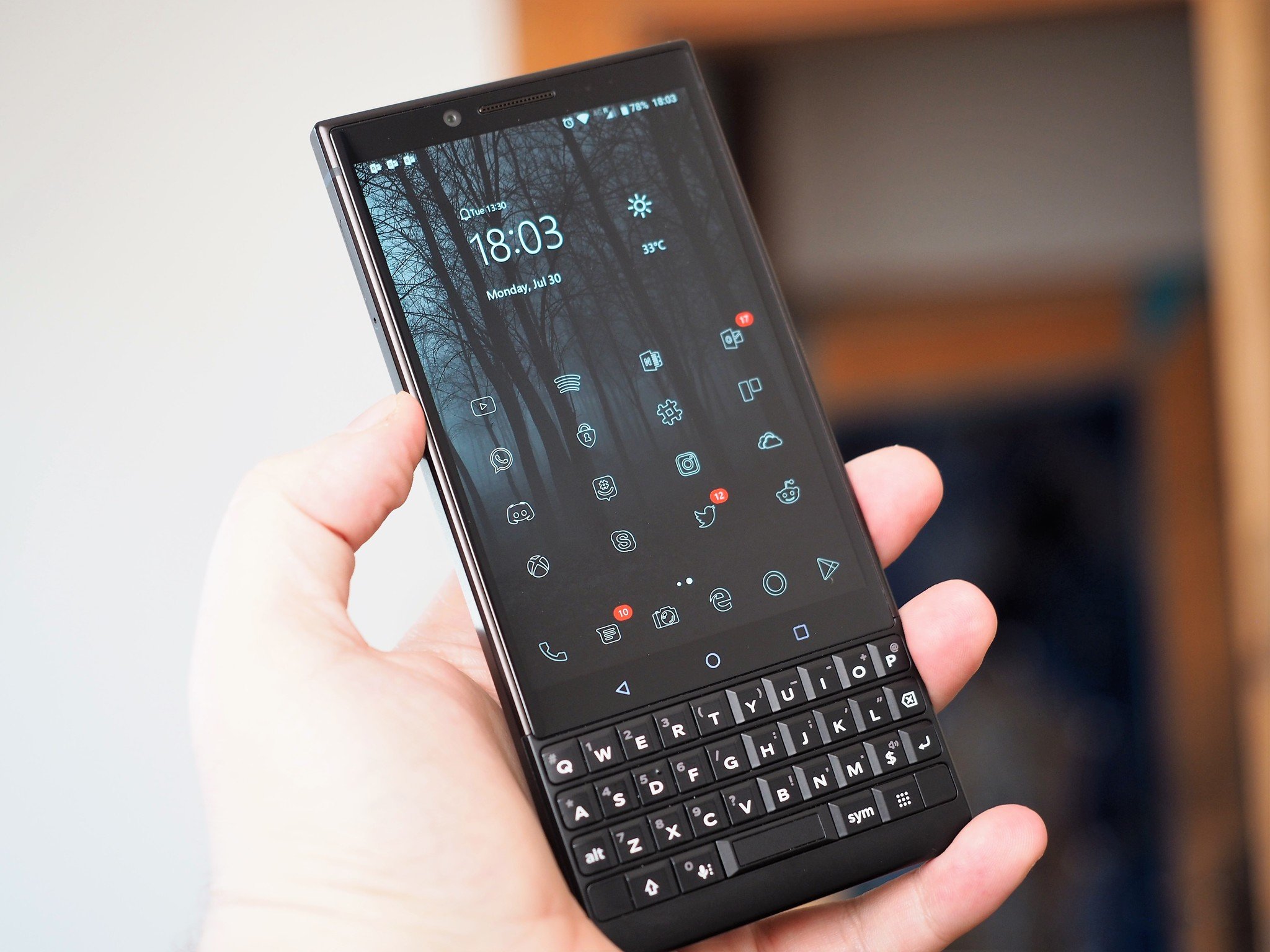
| Spec | BlackBerry KEY2 |
|---|---|
| Operating System | Android 8.1 Oreo |
| Display | 4.5-inch, 1620x1080IPS LCD434ppi |
| Processor | Qualcomm Snapdragon 6604x Kryo 2.2GHz, 4x Kryo 1.8GHzAdreno 512 GPU |
| RAM | 6GB |
| Storage | 64GB / 128GB |
| Expandable | microSD up to 2TB |
| Rear Camera 1 | 12MP (1.3 micron) ƒ/1.8laser+phase autofocusdual-tone LED flash |
| Rear Camera 2 | 12MP (1 micron) ƒ/2.62x optical zoomportrait mode |
| Front Camera | 8MPSelfie flash1080p/30 video |
| Battery | 3500 mAhNon-removable |
| Dimensions | 151.4 x 71.8 x 8.5 mm |
| Price | $650 |
Yep! I've used quite a lot of the flagship Android handsets since finally ditching Windows 10 Mobile, having been unable to deal with buggy, crashing Twitter app, and the battery-murdering PWA version that replaced it. Each phone I've used has some form of downside that frustrates in a way that Lumia simply didn't back in the day.
I've noted in previous articles that I'm not a huge app user. All the banks I work with have great mobile websites, and as long as my phone has the basics, like Twitter, Instagram, a decent Reddit, and YouTube solution, I'm pretty much happy.
Even while being ignored by the big players, Windows Phone 8.1 and Windows 10 Mobile had decent enough app coverage, so it was never really the allure of Snapchat or Pokemon Go that made me fall out of love with Windows Phone. The lack of support from Microsoft, and the knowledge that inevitably, eventually, it was going to become abandonware simply made the decision for me.
Personal power station
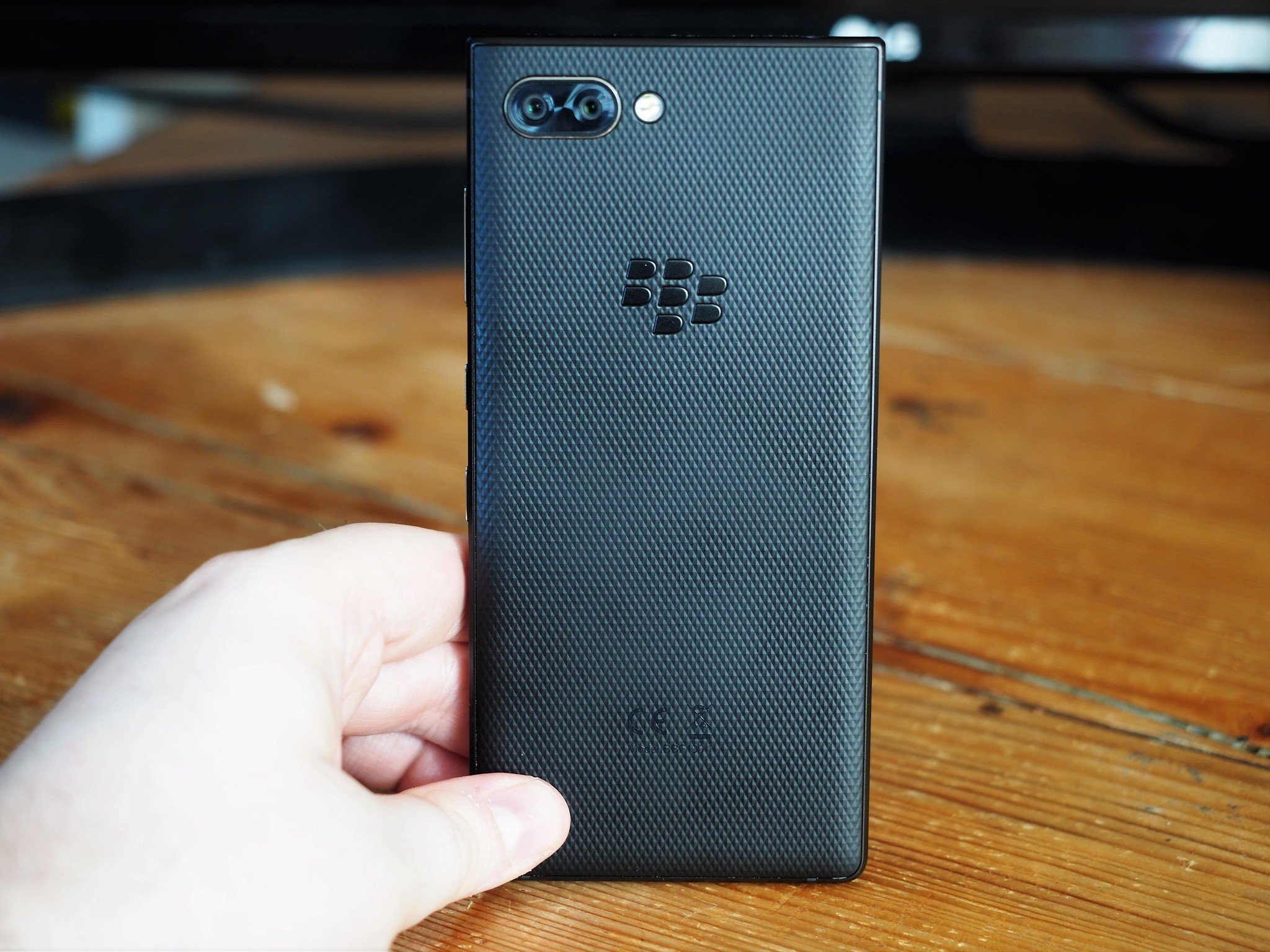
The best thing about my Lumia 1520 was the battery life. Several days on standby, what certainly felt like up to two days of moderate usage, the Lumia 1520 was a true beast. I travel a fair bit for work, and the ability to not have to take a hulking backup power bank is a boon I really enjoy. Lumia provided that, even on its smaller handsets.
Battery life was the headline feature that attracted me to the BlackBerry KEYone from last year. I fell in love with the handset for its ridiculous battery life, and thankfully, the KEY2 brings with it equal amounts of juice. You can simply forget battery life with these phones, and just have peace of mind that no matter how hard you drive the phones, even playing games, you're going to at the very least get through a whole day. If you're being conservative, you might get through several.
Get the Windows Central Newsletter
All the latest news, reviews, and guides for Windows and Xbox diehards.
Of course, battery life isn't the KEY2's signature feature.
KEYboarding life
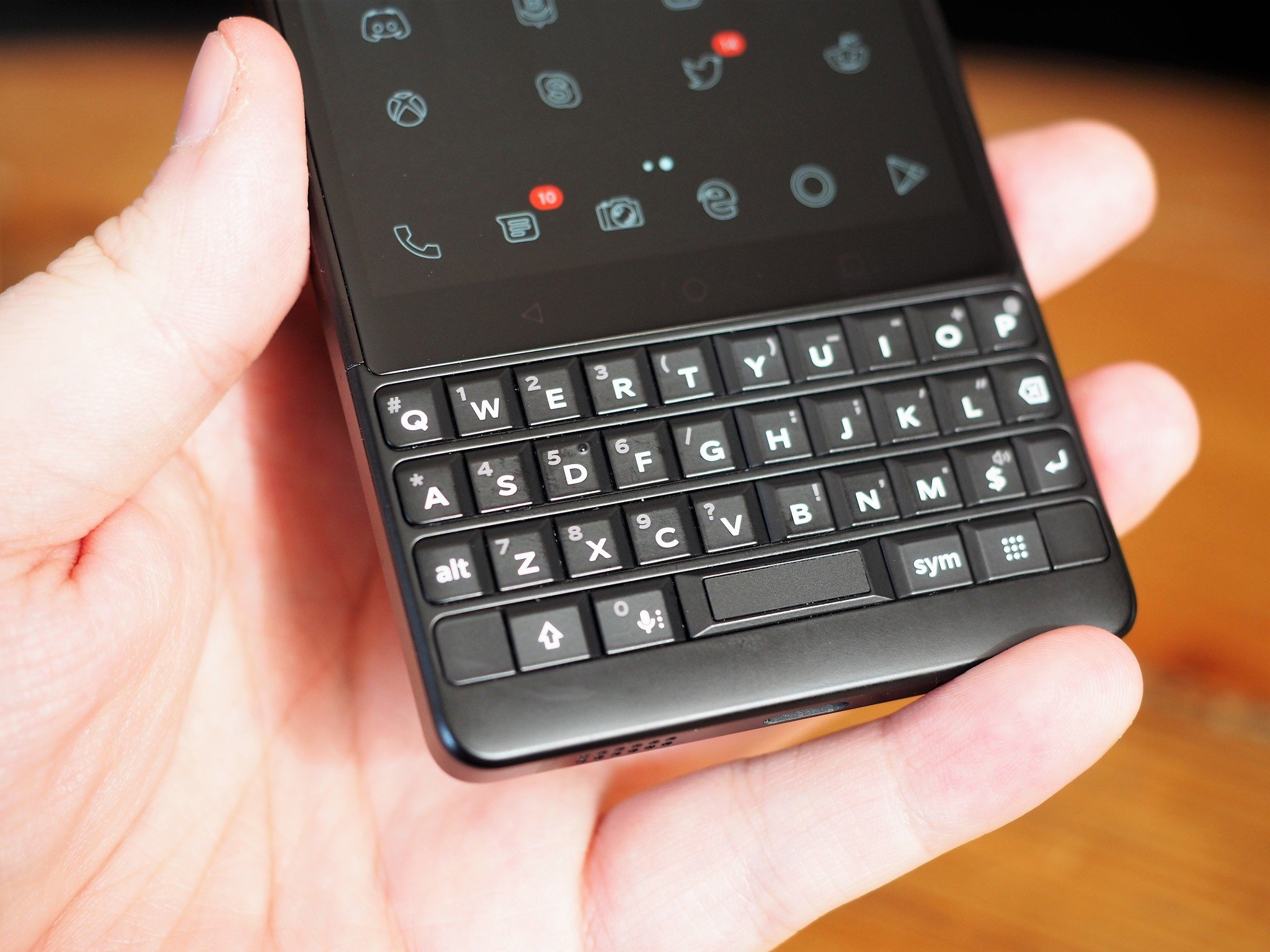
Another way BlackBerry's new KEY-line phones roped me is with its QWERTY keyboard.
Despite the fact algorithmic swipe typing seems to have become the norm, I still find it to be a clunky, slow, inaccurate way of interacting with a phone, particularly after spending over a year with BlackBerry's hardware mobile keyboards. The KEYone keys were quite resistive and took quite a while to soften up a bit and get used to. The KEY2, however, refines the experience in some pretty stark ways right out of the box.
The KEY2's keyboard, like the KEYone, has some pretty nifty tricks up its sleeve to help you get things done.
The KEY2's keyboard, like the KEYone, has some pretty nifty tricks up its sleeve to help you get things done. Naturally, it comes with a compromise of the phone's screen real estate, but that has added benefits of reducing battery load. It's with some irony that the KEY2 actually helps keep more of your screen visible, since you can use the hardware keyboard itself as a scroll wheel by simply swiping on the keys. You can also set the keys to all sorts of long-press shortcuts, and set up new Speed key combo commands, similar to the Windows key shortcuts we all know and love. Less swiping through menus, less on-screen clutter.
The new keyboard is very "clicky" with keys that feel far more tactile and responsive, while being easier on your fingers. I have typed entire articles on the KEYone and KEY2, which is something I simply wouldn't bother with using Microsoft's Wordflow keyboard, SwiftKey, Google's keyboard, or any other touch-screen keyboard. There are simply far too many algorithmic mistakes to make, not to mention how those keyboards like to pretend slang words and profanity don't exist. When you write with the KEY2, it's the closest thing you can get to having a full-blown autonomous typing experience from your Windows PC. Once you get used to it, it's touch and swipe writing that feels like the dark ages, not BlackBerry.
Microsoft-powered BlackBerry
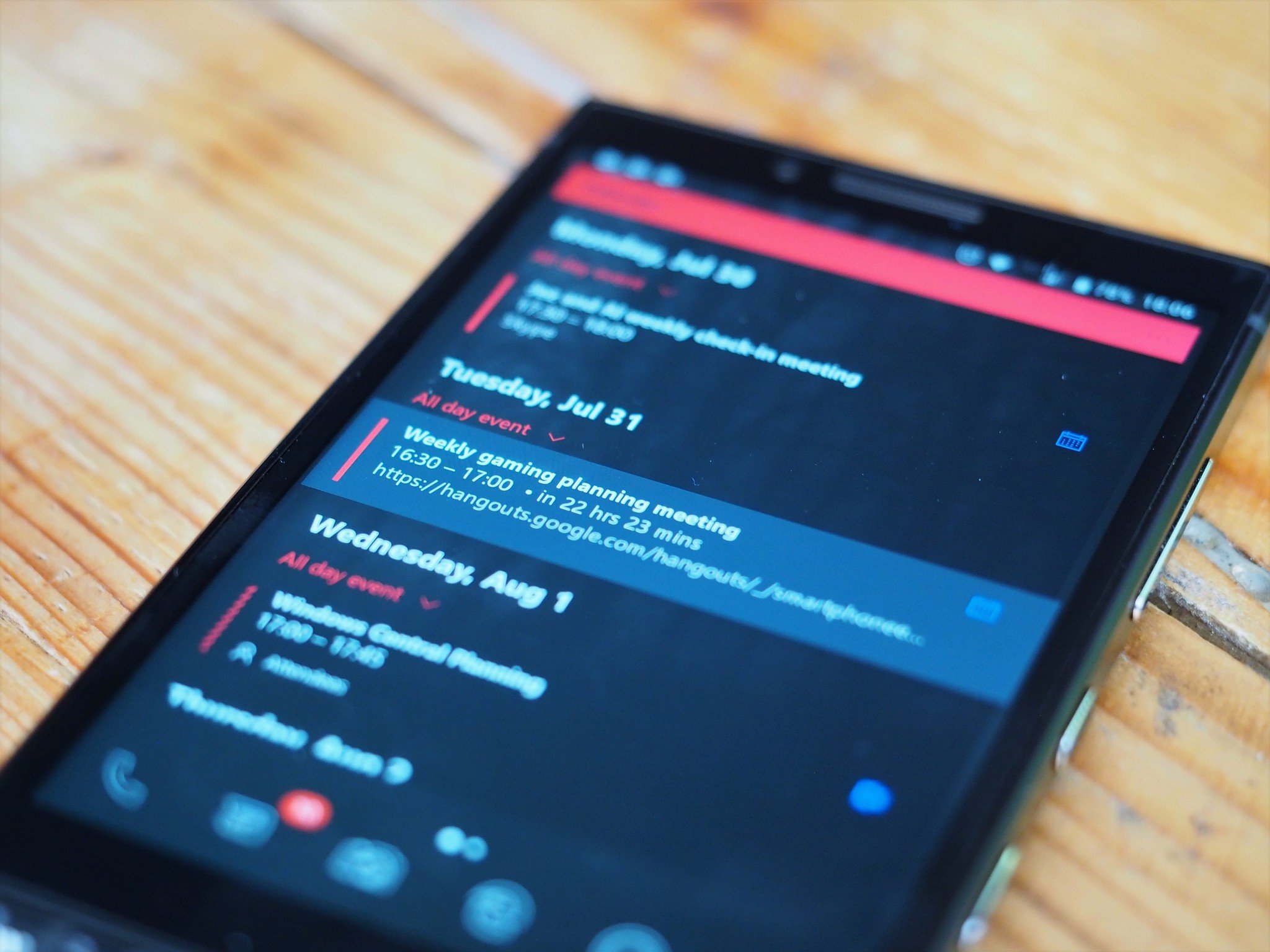
Another cool aspect of the KEY2 is that it's straightforward to strip out all of BlackBerry and Google's built-in Android stuff and replace it with Microsoft services. The KEY2 also has a programmable Convenience key on the side, which I've set to activate a Cortana voice prompt for setting up reminders.
With the Microsoft Launcher, OneDrive, Office apps, and Cortana, you can ensure that practically every core task you might use your phone for is synced over to your PC. Send web pages from Edge on your phone to your PC in a flash, resume tasks in Word across devices, and see your mobile activity history on Windows 10 thanks to timeline.
Unlike iOS and certain Android phones, virtually everything about the KEY2 can be defaulted out to Microsoft services. Replace Google's assistant with Cortana, replace Chrome with Edge, and even replace BlackBerry's Android launcher with Microsoft's own, which offers a clean look right out of the box. All those settings can also be backed up to OneDrive too, which made moving from Android phone to Android phone extra easy.
Not a perfect device by any means
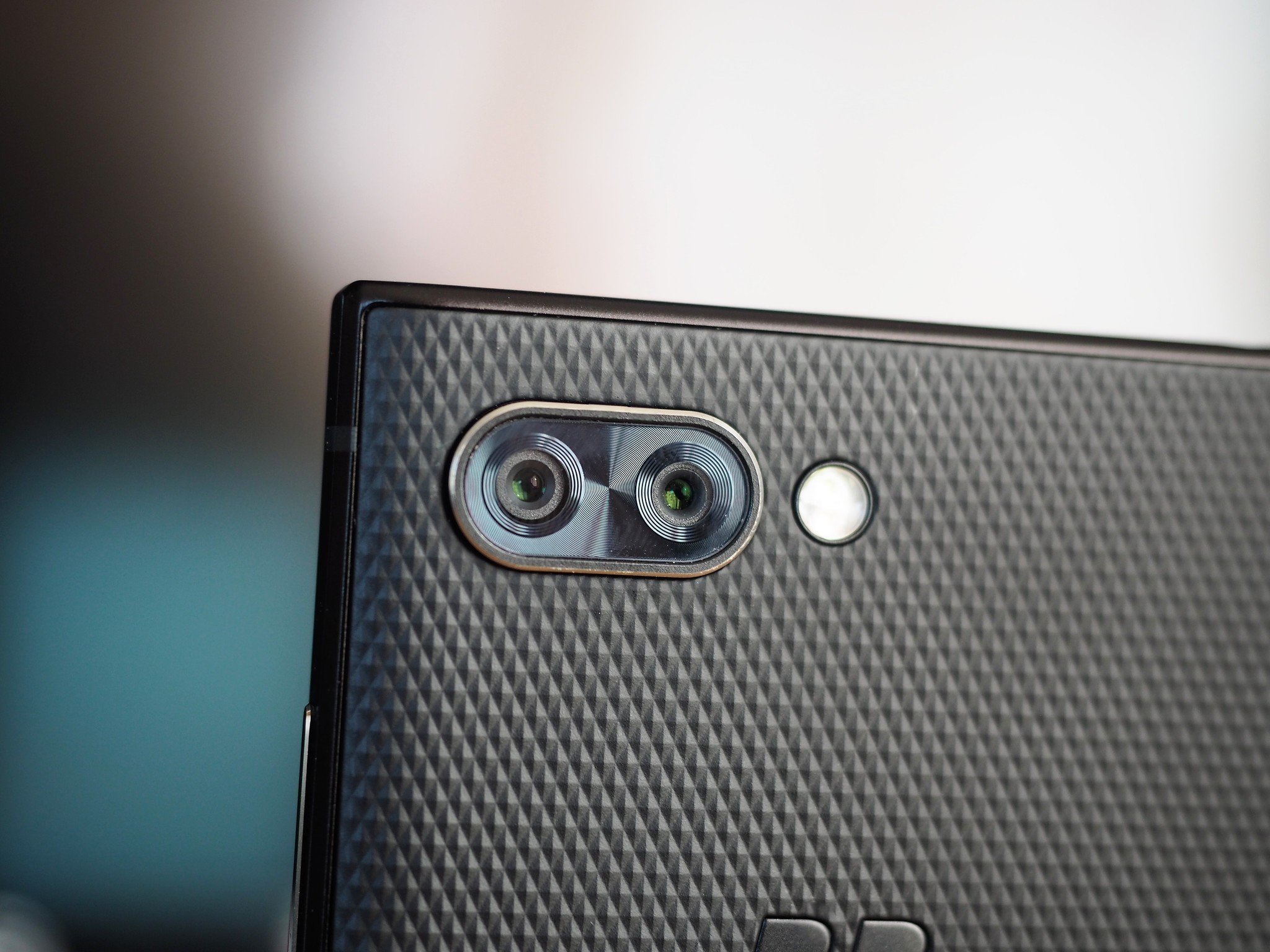
The KEY2 is still nowhere near as satisfying as the Lumia 1520 was, however. The camera quality is remarkably poor, still, despite having an upgraded sensor over its predecessor. It performs well enough for most day to day things, particularly with a lot of natural lighting, but throw in a smidge of darkness and it's fuzz city.
The performance also takes a hit, due to the processor used for this handset. The trade-off is a boost to battery life, of course, but playing games or heavy multitasking can visibly impede performance. It's never what I'd call terrible though. For the most part, the handset is zippy, and switching between apps is rapid, but sometimes the animations can lag a bit, which is annoying.
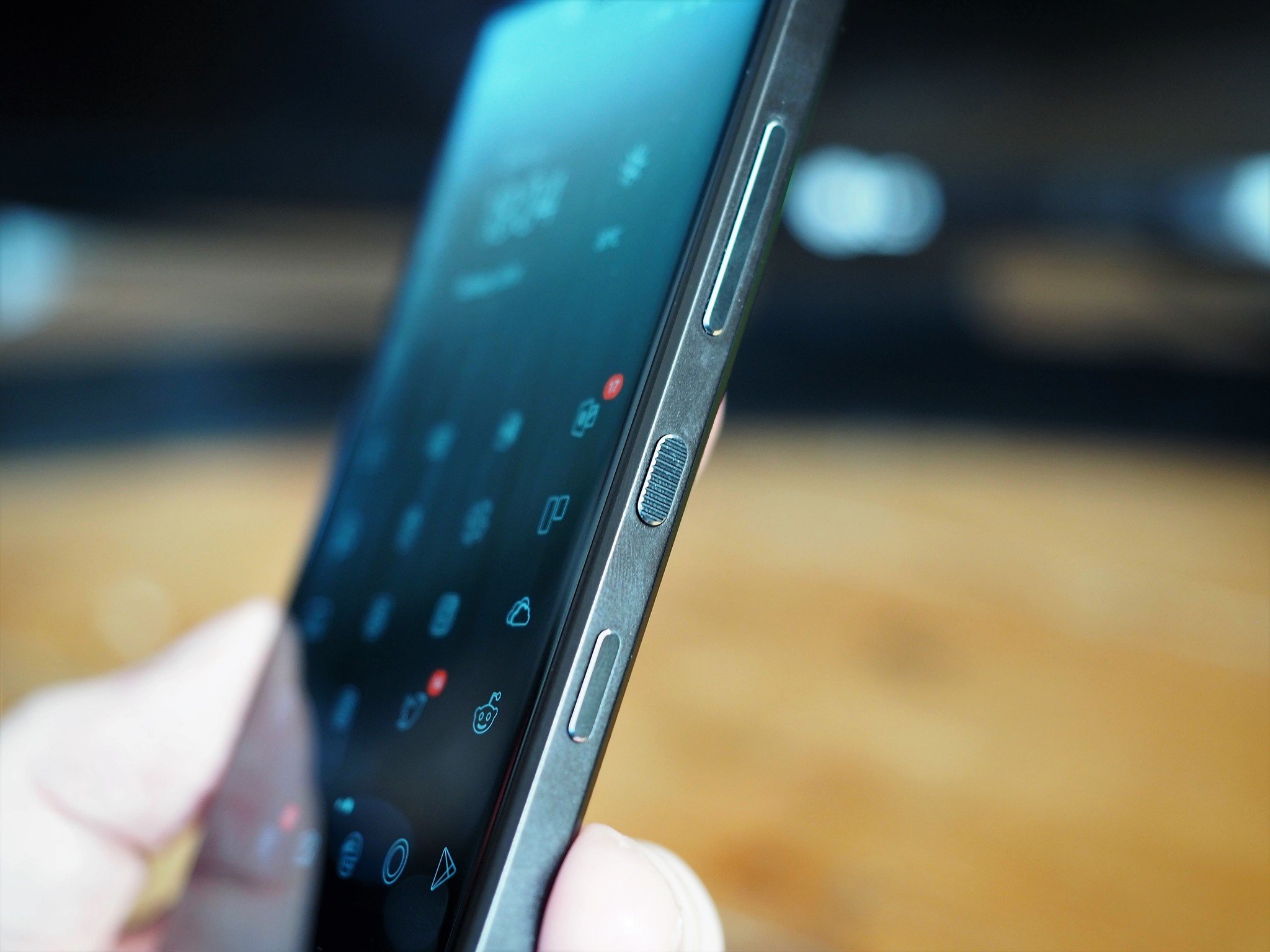
Finally, the screen's clarity is a tad disappointing, exacerbated by the extreme summer weather we've been having in Europe. In direct sunlight you'll struggle to see the display, which is annoying, and a far cry from the best, similarly-priced Lumia handsets in my drawer.
The performance issues and camera mediocrity make the ~$650 price point a little hard to stomach, particularly when Android handsets like the OnePlus 6 are offering more power and sensor quality for a far lower price point. You have to really want that keyboard and that insane battery life, and luckily for BlackBerry, I really do.
The design is understated, but sleek and smart, as a business phone should be.
Despite the bump in price, I feel that it's a worthy trade-off for the overall step up in build quality BlackBerry's manufacturer TCL has put on offer here. The KEYone almost looks like a prototype right off an assembly line rather than a polished product, lacking symmetry and refinement. The KEY2 is incredibly thin, with an attractive, chamfered edges, a unique rubberized back cover, and simply more forethought when it comes to arranging regular phone features, such as the front-facing camera and speakers. Black everything with silver accents makes the KEY2 a true looker, almost reminiscent of a black Lumia 930 from the front.
BlackBerry also cleverly added a rough texture to the power button on the side, nestled between the volume rocker and convenience key, making it easier to identify and get used to. The KEY2 also has the best fingerprint scanner placement I've experienced so far with Android handsets, hidden away cleverly in the keyboard's space bar.
The design is understated, but sleek and smart, as a business phone should be.
Learning to love Android
Android is still ugly compared to Windows 10 Mobile, and Google's nefarious tendrils are never far away when you're using their operating system, but for now, it's the next-best thing for Windows fans. The fact you can't remove any of Apple's default services on their handsets makes it a no-go for me, not to mention their extortionate prices, middling battery life, and hatred of the headphone jack.
Microsoft has been hard at work making Android better for PC users, and so far, Redmond has done a truly awesome job of it so far. Like the KEYone before it, I find that this is the only phone I'm willing to use Word on actually for writing, rather than simply viewing documents.
My heart still yearns for a Windows-powered handset. Whether or not that will be Surface Andromeda, I simply don't know. For now, BlackBerry's KEY2 is filling the void pretty well.
What phone are you using at the moment? Let us know in the comments!

Jez Corden is the Executive Editor at Windows Central, focusing primarily on all things Xbox and gaming. Jez is known for breaking exclusive news and analysis as relates to the Microsoft ecosystem while being powered by tea. Follow on Twitter (X) and Threads, and listen to his XB2 Podcast, all about, you guessed it, Xbox!
